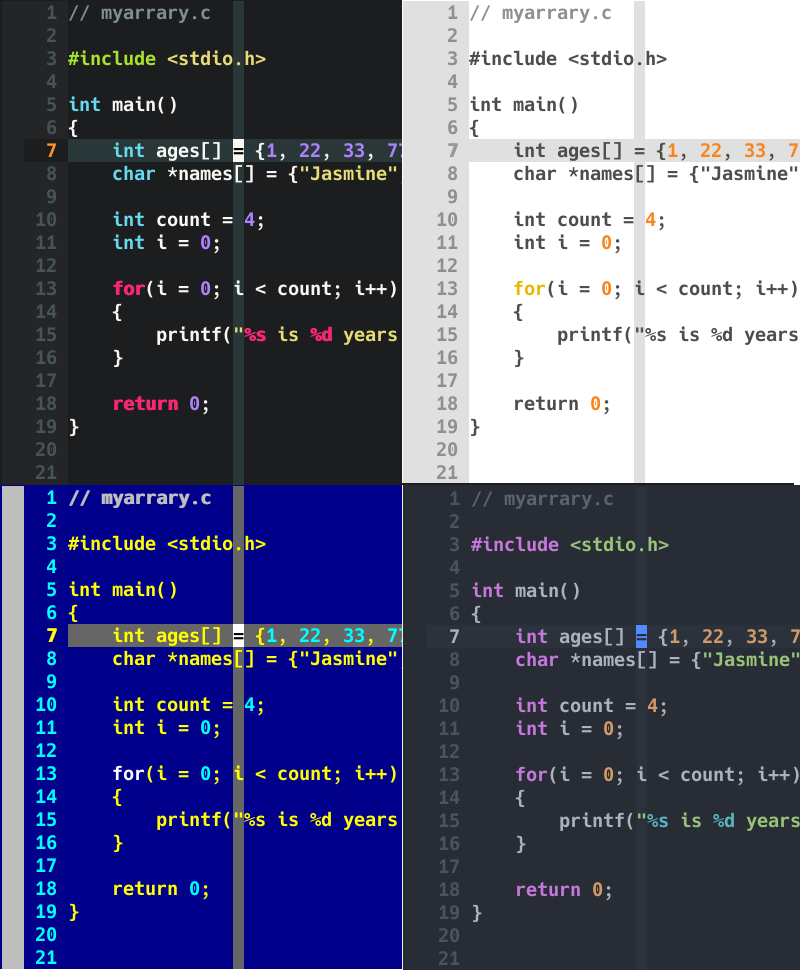

# know how to handle pipes, it fails with a `Permission denied` error.Īlso check that you have permission to globally read this file: sudo chmod 644 /etc/vim/vimrc. # It's the same general idea, and simpler, but because sudo doesn't # $ sudo echo 'colorscheme default' > /etc/vim/vimrc.local You can easily do that in bash with this line: $ echo -e "\"Use default colors for vim:\ncolorscheme default" \ I think the best solution is to append your line to /etc/vim/vimrc.local like this: So you can append this line to either of these two files. To append that correctly, first look at your /etc/vim/vimrc file.Īt the bottom of mine, I see these lines which include /etc/vim/vimrc.local: " Source a global configuration file if available

I would also put a comment above it like "Use default colors for vim".) (I suggest using the full, un-abbreviated term 'colorscheme', so that when you look at this years later you'll be able to more easily figure out what that darn thing does. (lol, how did that happen?)Īdd a line to your system vim setup file in /etc/vim/ that says colorscheme default If you keep pressing Tab, Vim will cycle through all of them. So all of the other answers here, so far, get both of these wrong. This will open a list of all the available color schemes. The default colorscheme, "for all vim sessions", is not set simply by adding a line to your ~/.vimrc, as all of the other answers here say, nor is the default set without the word 'default' being there. 'for all vim sessions', not simply for the current user. The ' default', not some other color profile, and


 0 kommentar(er)
0 kommentar(er)
